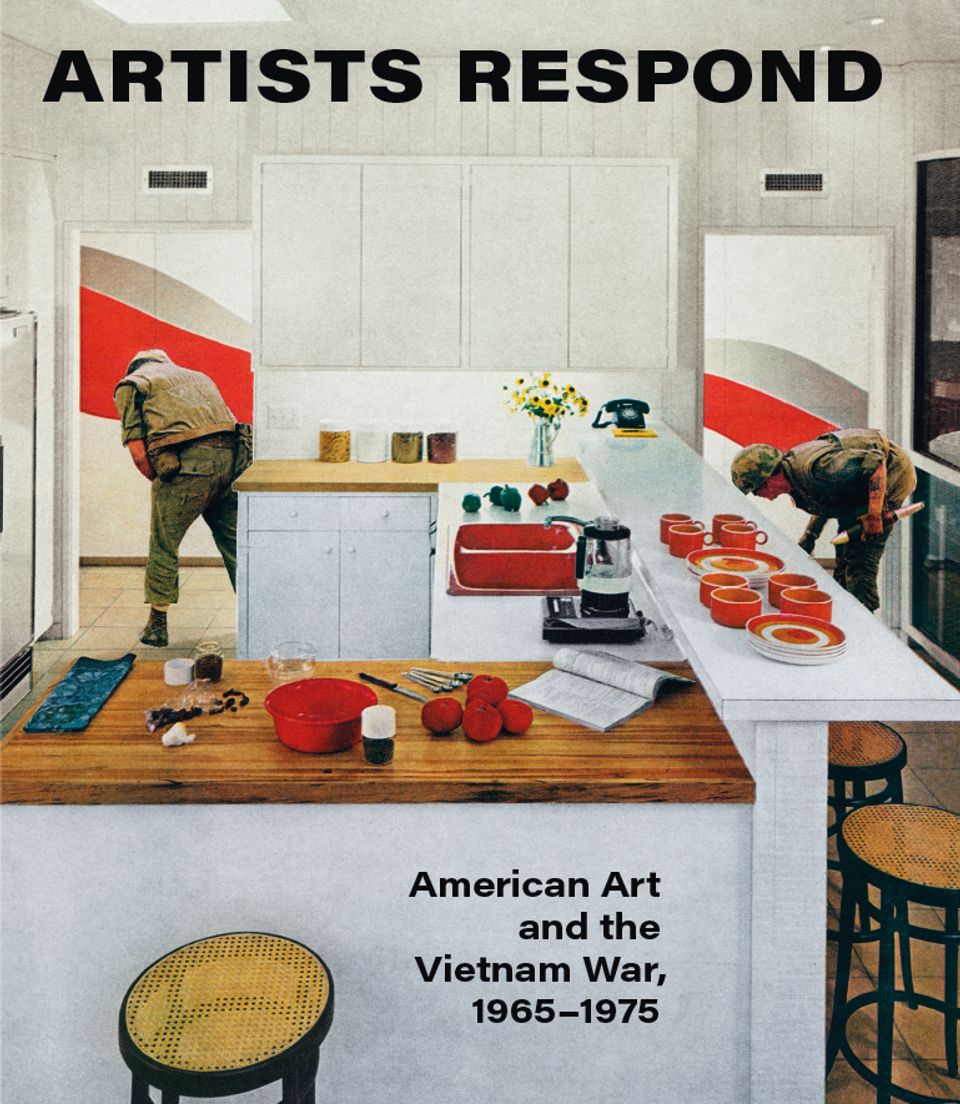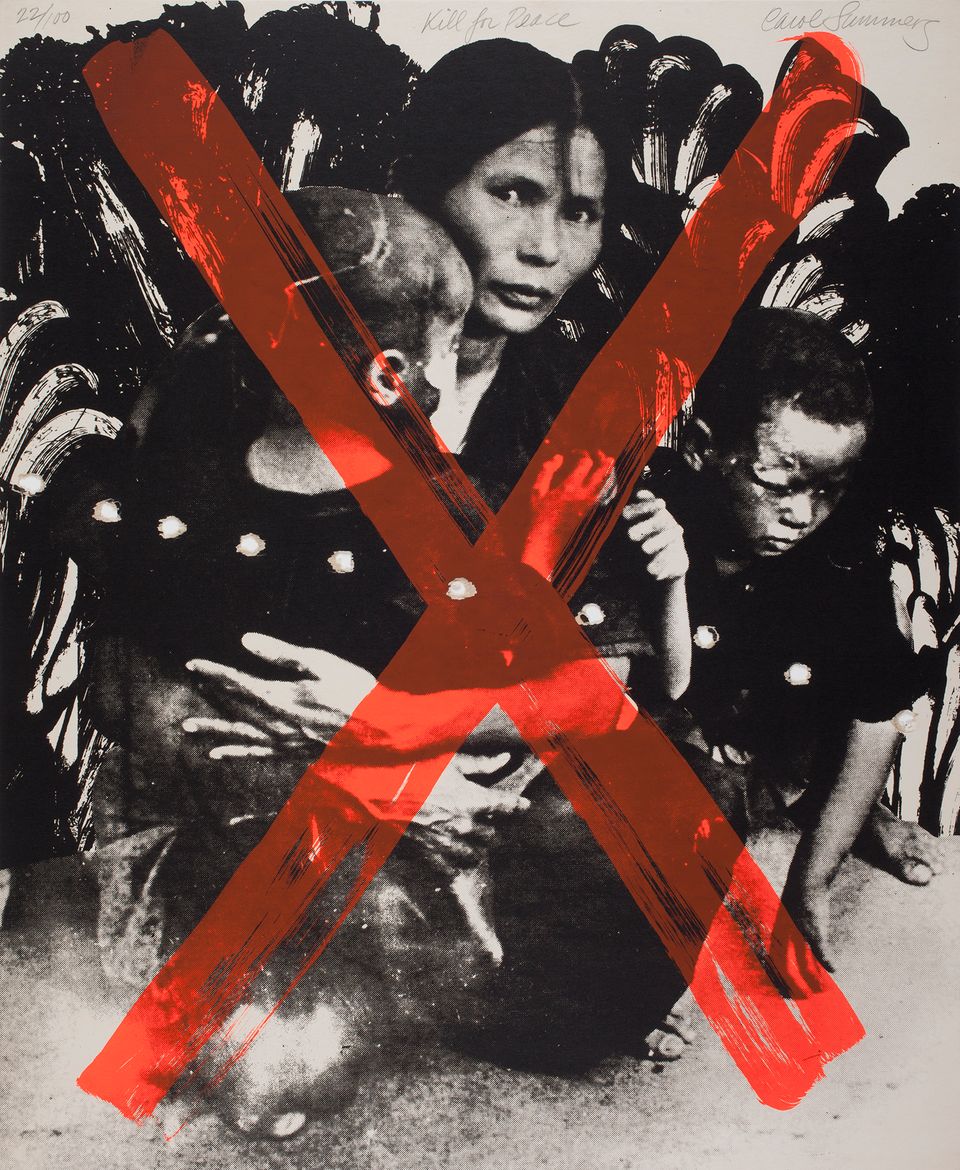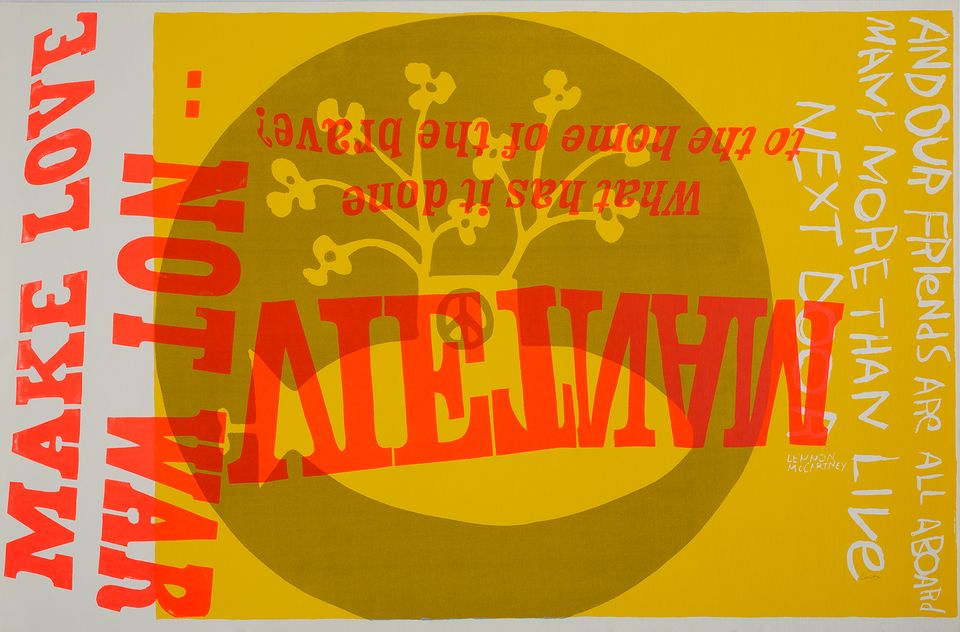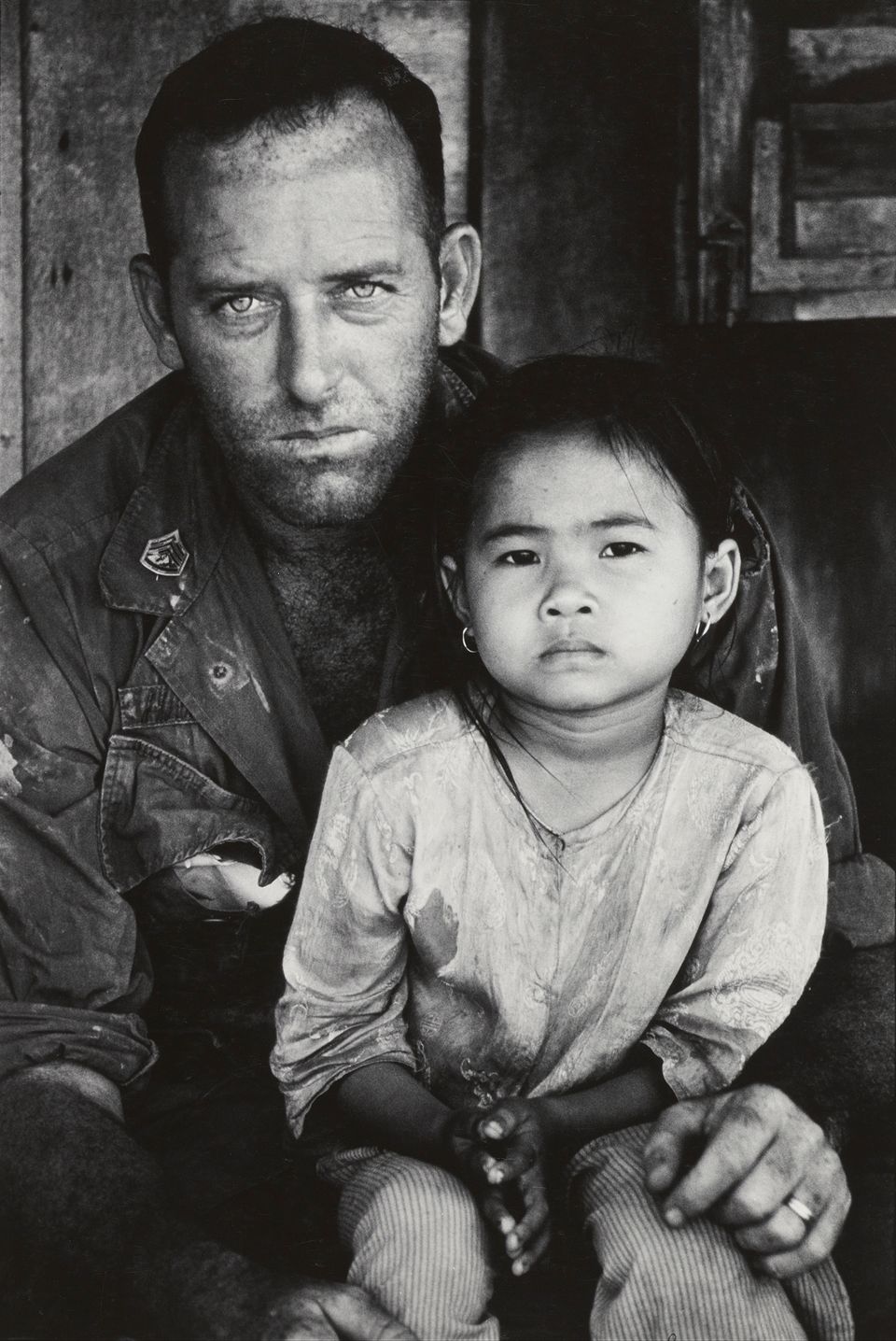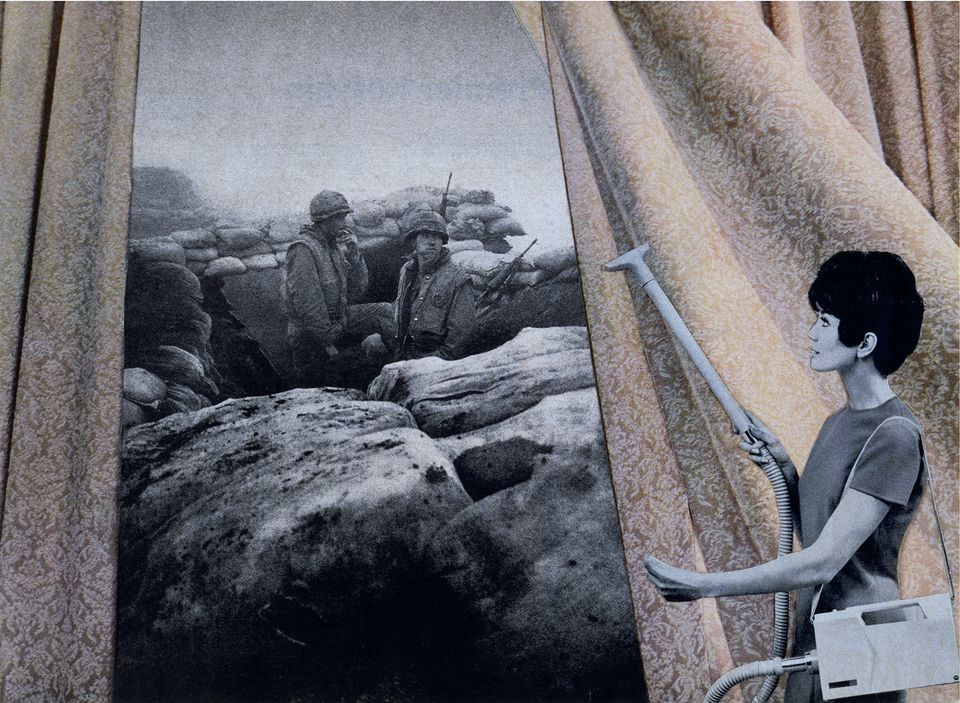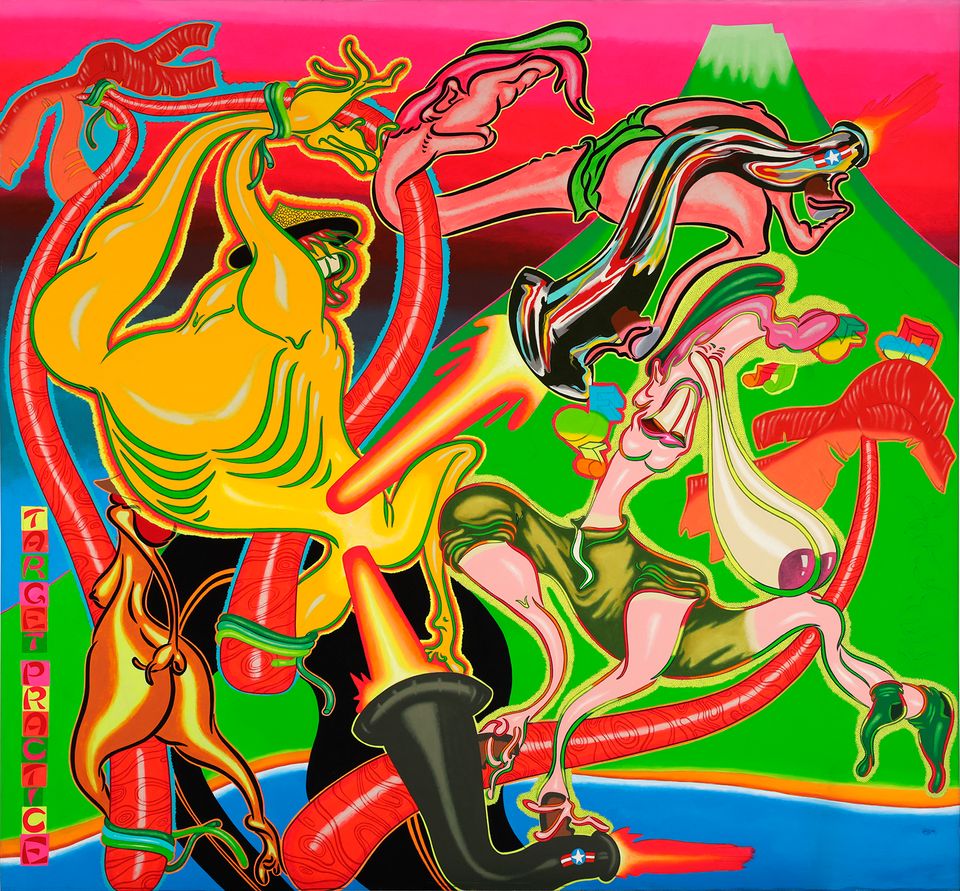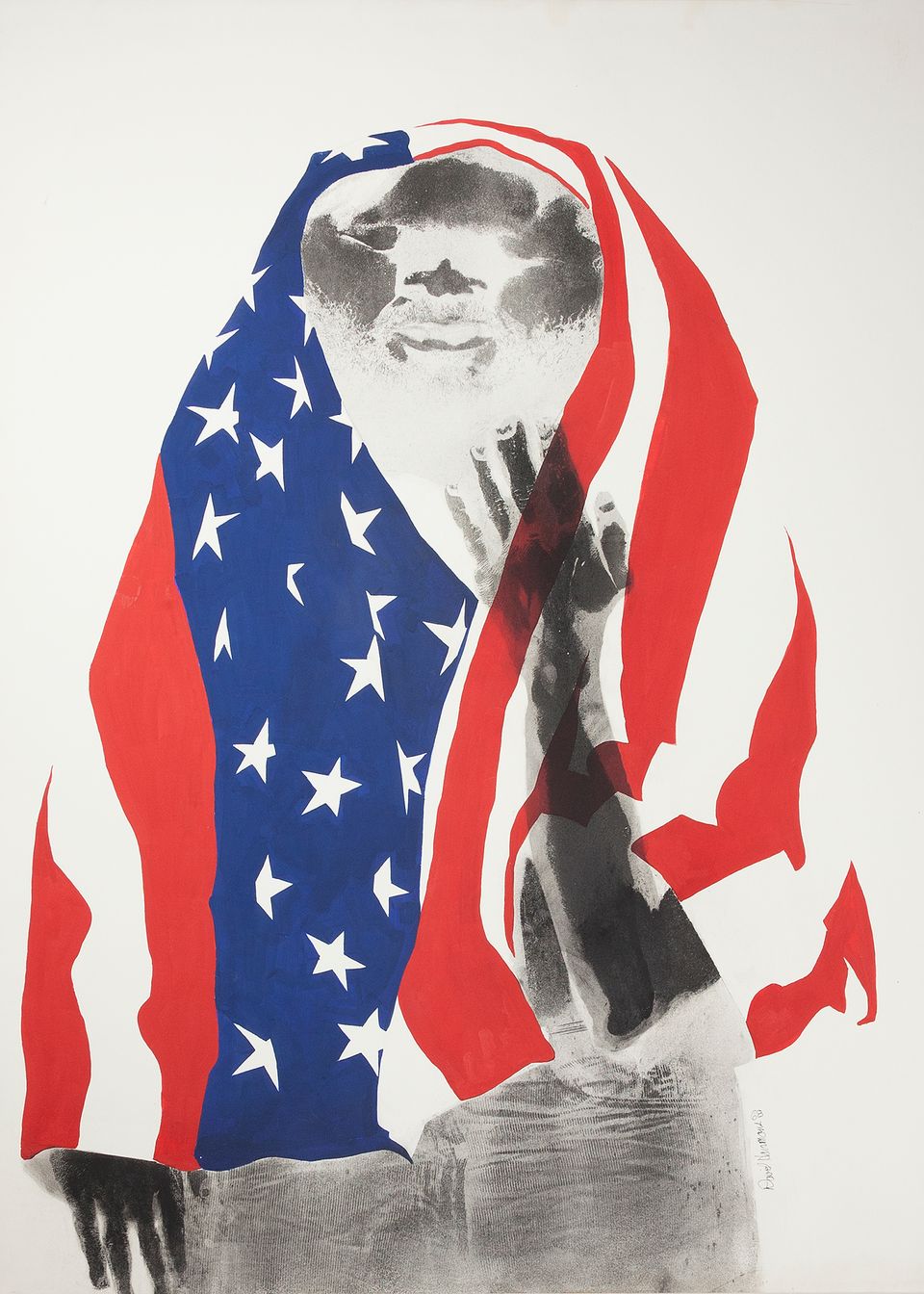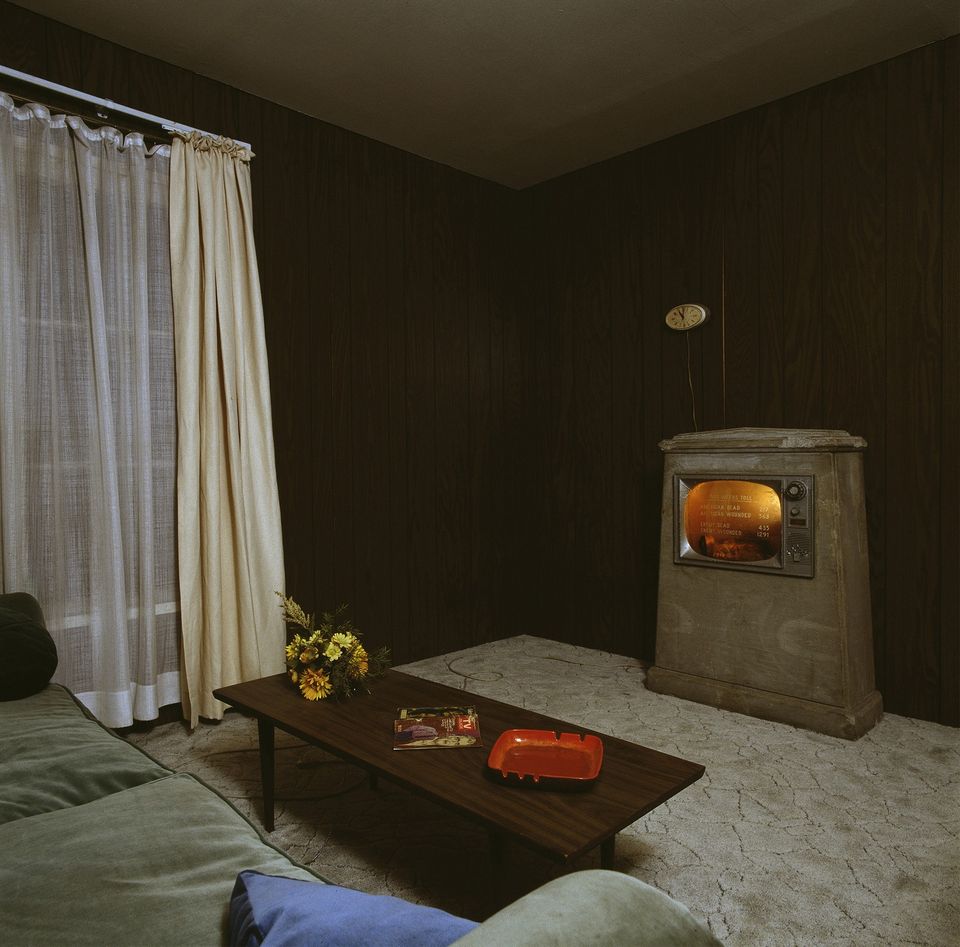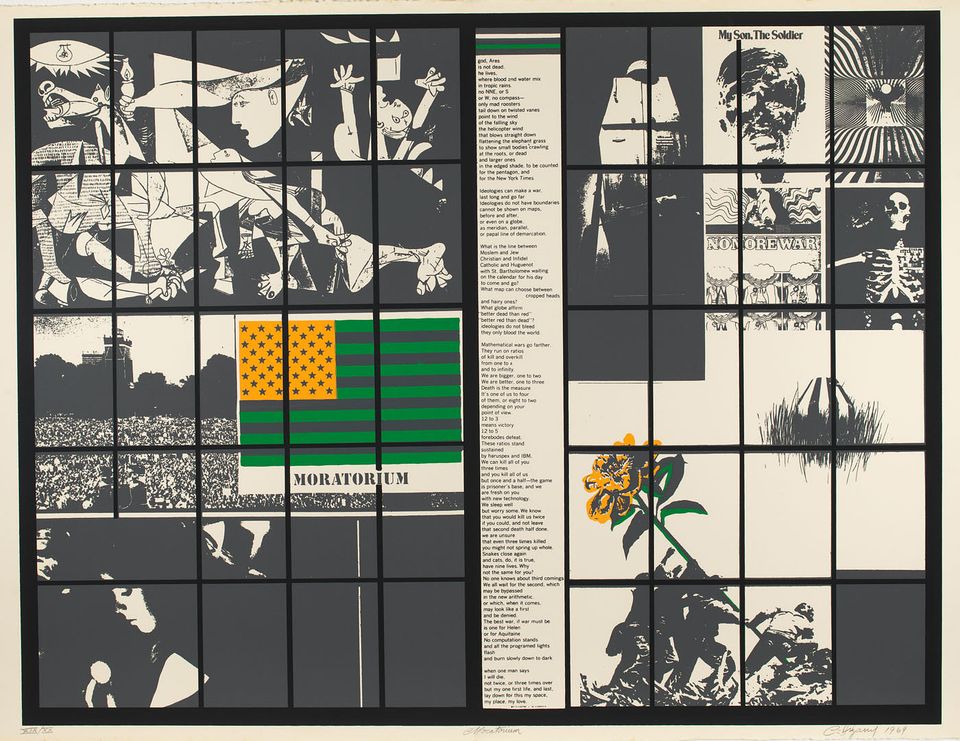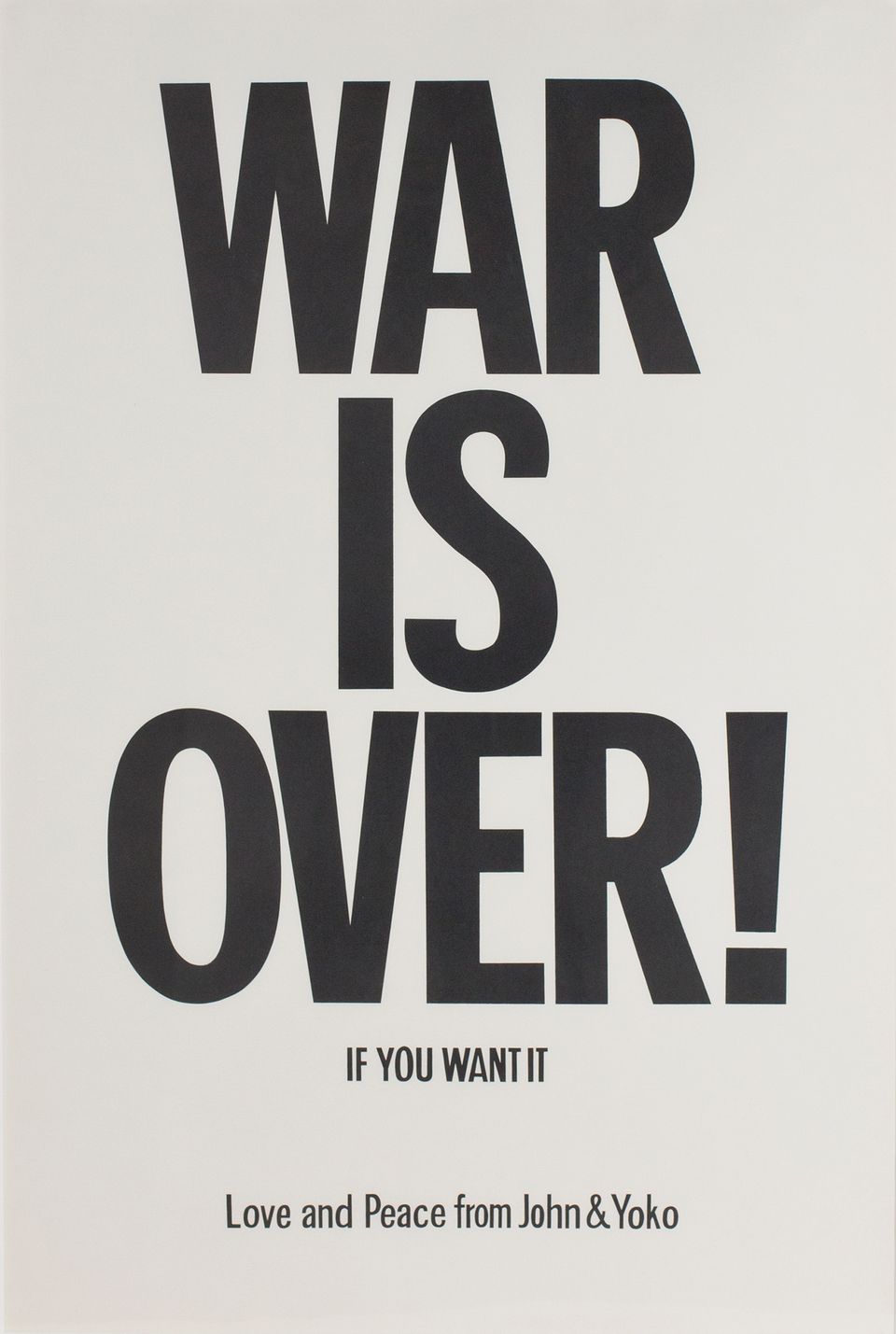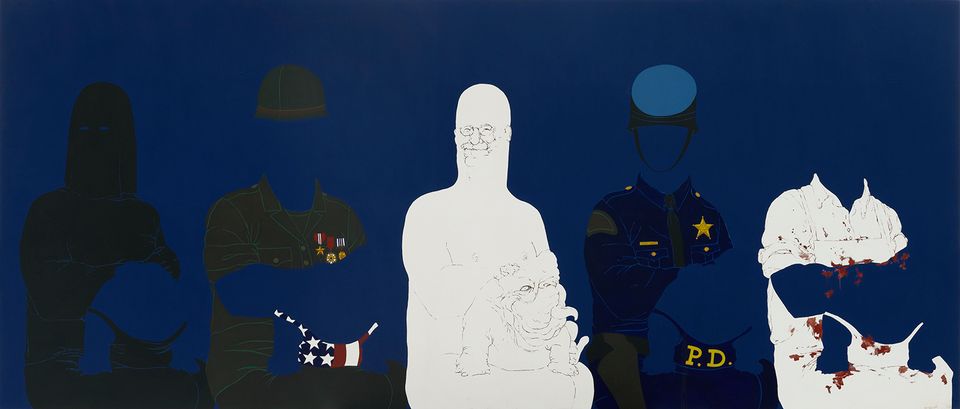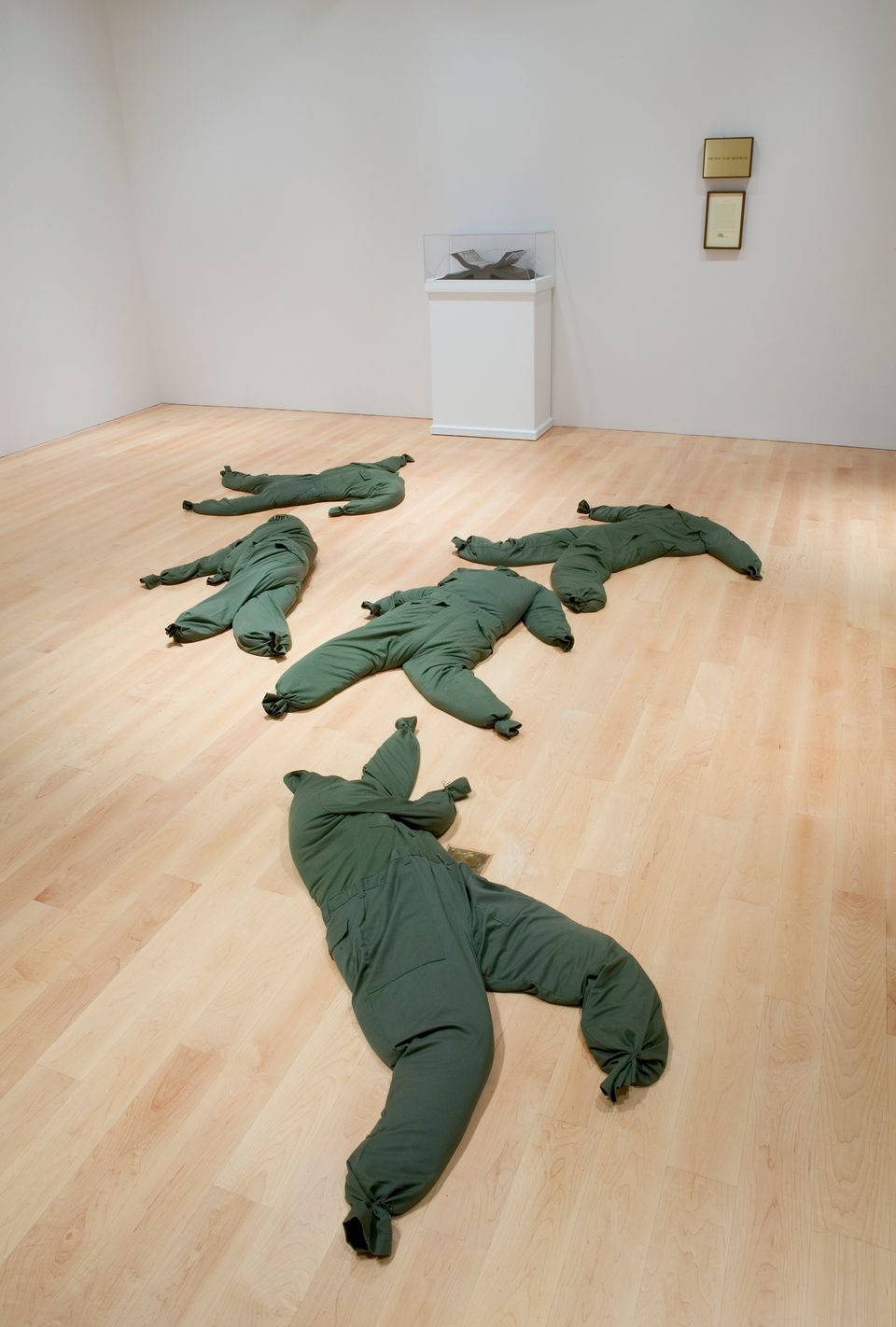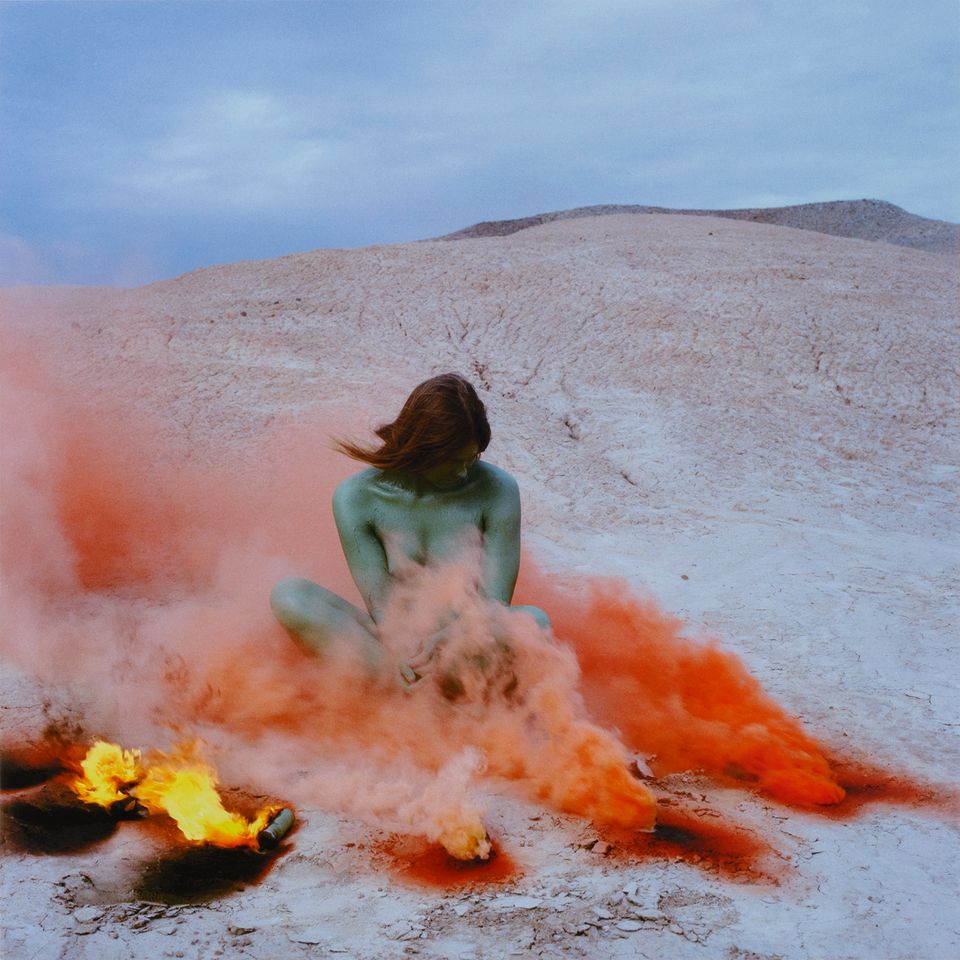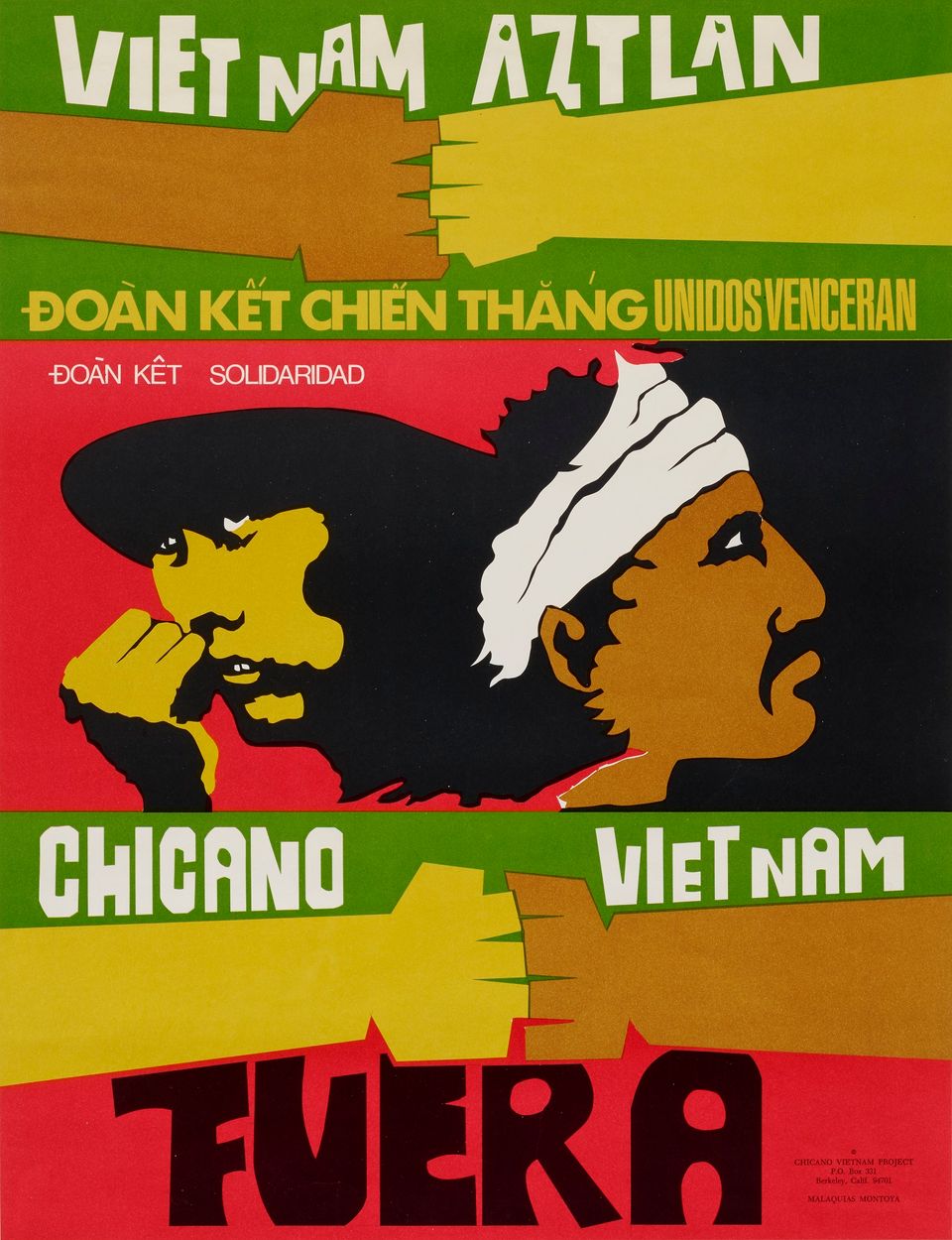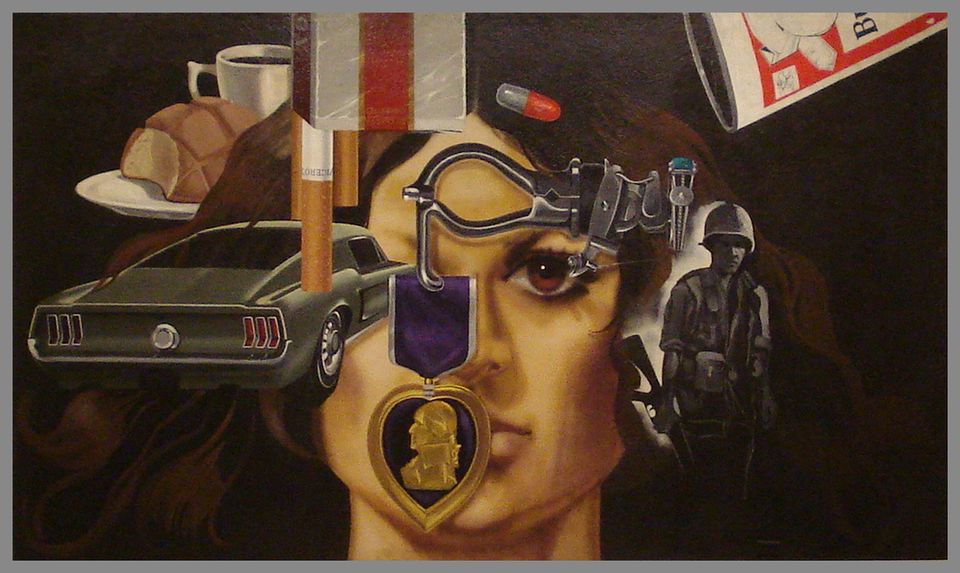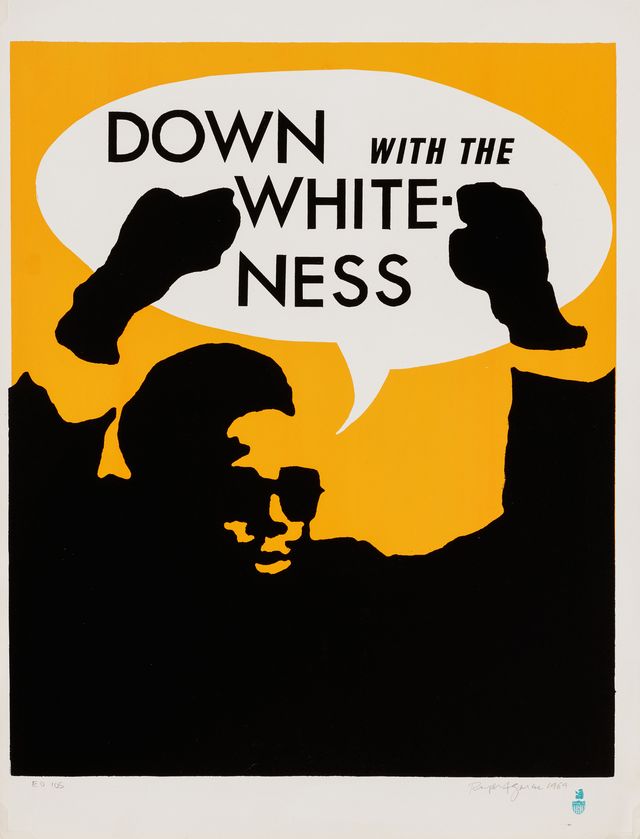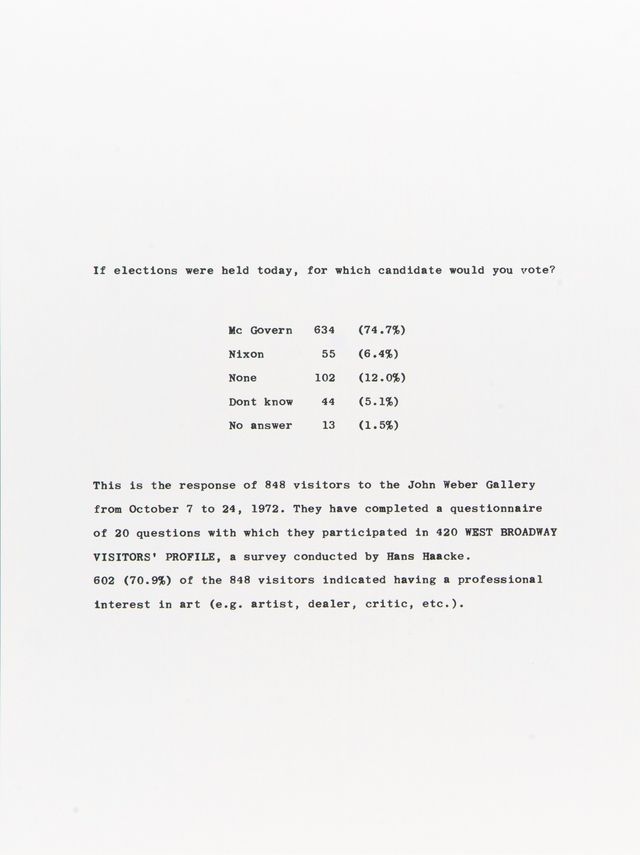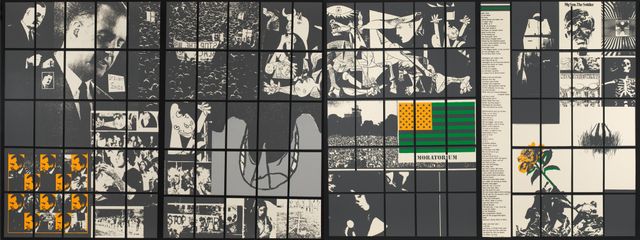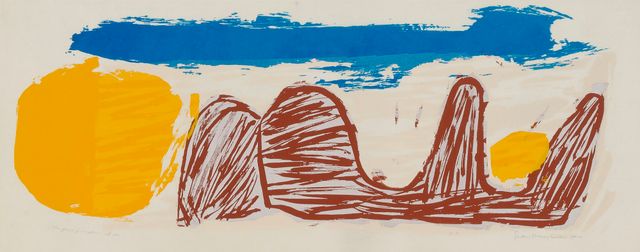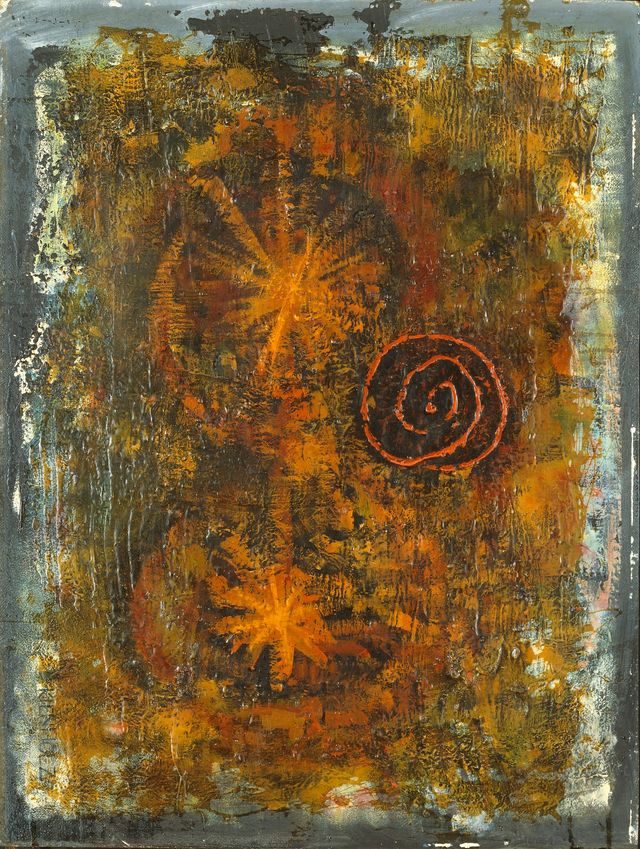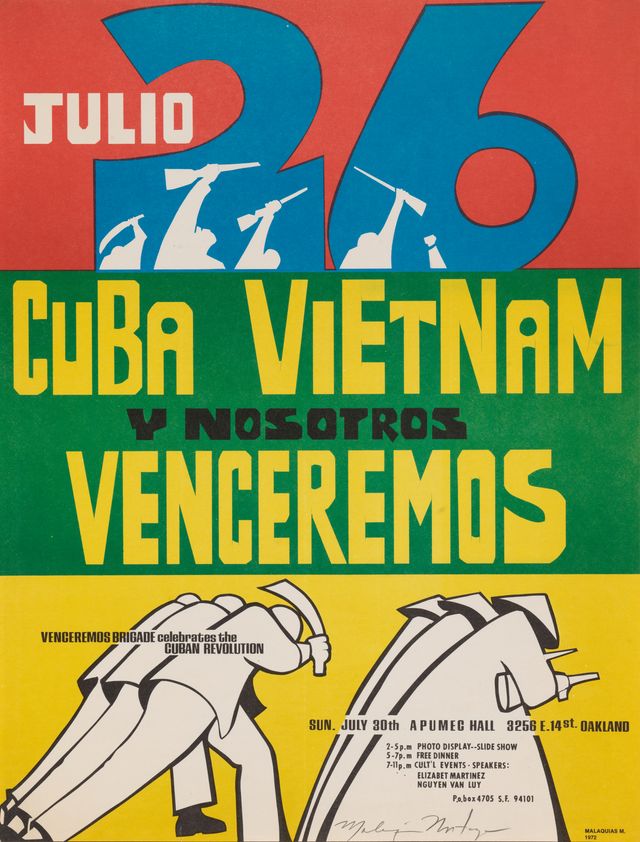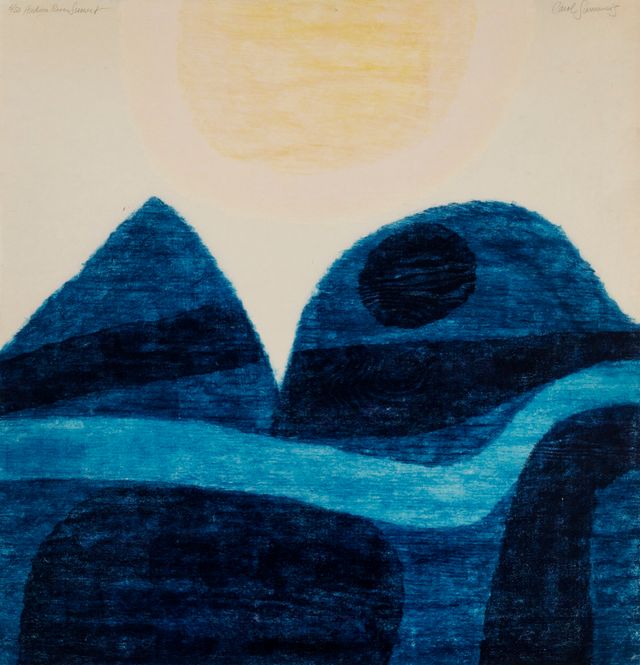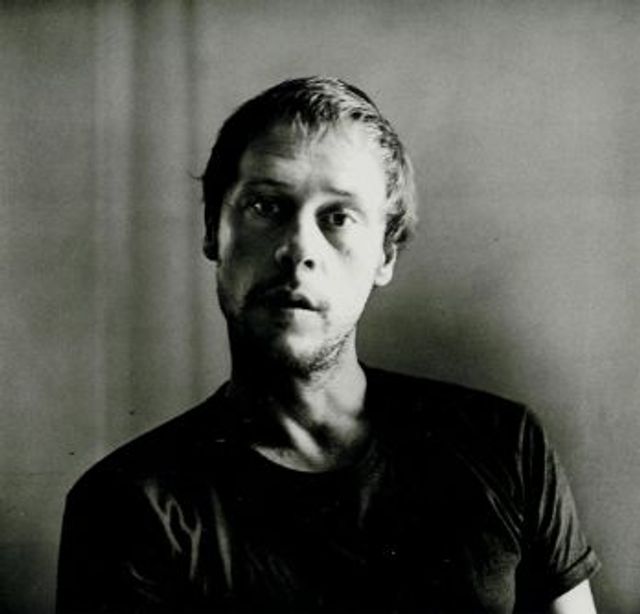Artists Respond: American Art and the Vietnam War, 1965 – 1975
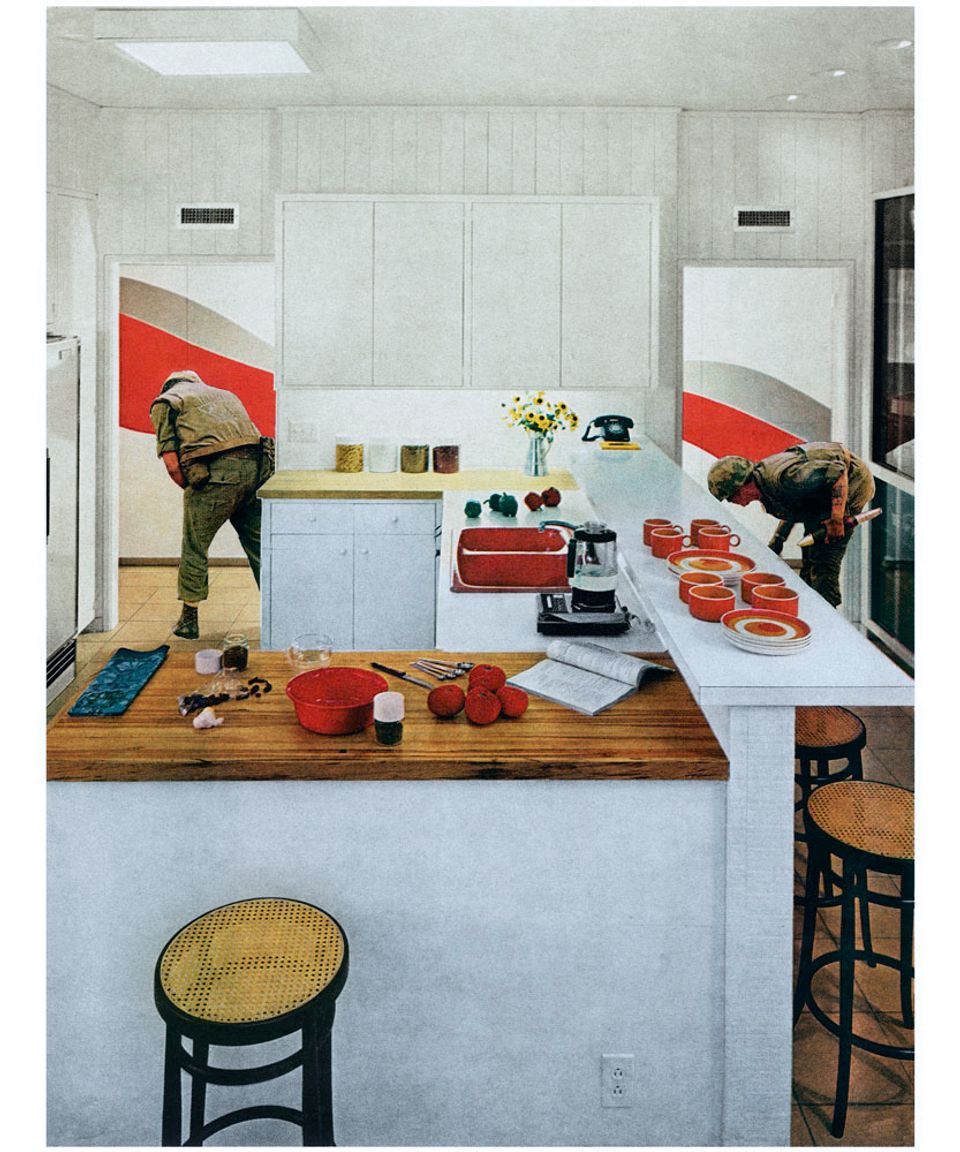
How the Vietnam War changed American art
By the late 1960s, the United States was in pitched conflict both in Vietnam, against a foreign power, and at home — between Americans for and against the war, for and against the status quo. Artists Respond: American Art and the Vietnam War, 1965 – 1975 presents art created amid this turmoil, spanning the period from President Lyndon B. Johnson’s fateful decision to deploy U.S. ground troops to South Vietnam in 1965 to the fall of Sài Gòn ten years later.
Description
Artists Respond is the most comprehensive exhibition to examine the contemporary impact of the Vietnam War on American art. The exhibition is unprecedented in its historical scale and depth. It brings together nearly 100 works by fifty-eight of the most visionary and provocative artists of the period. Galvanized by the moral urgency of the Vietnam War, these artists reimagined the goals and uses of art, affecting developments in multiple movements and media: painting, sculpture, printmaking, performance, installation, documentary art, and conceptualism. This exhibition presents both well-known and rarely discussed works, and offers an expanded view of American art during the war, introducing a diversity of previously marginalized artistic voices, including women, African Americans, Latinos, and Asian Americans. The exhibition makes vivid an era in which artists endeavored to respond to the turbulent times and openly questioned issues central to American civic life.
Artists Respond: American Art and the Vietnam War, 1965–1975 is organized by Melissa Ho, curator of twentieth-century art at the Smithsonian American Art Museum.
The exhibition is presented in conjunction with an installation by internationally acclaimed artist Tiffany Chung. Tiffany Chung: Vietnam, Past Is Prologue, probes the legacies of the Vietnam War and its aftermath through maps, paintings, and videos that share the stories of former Vietnamese refugees.
Visiting Information
Tour Schedule
Publications
Videos
Credit
Artists Respond: American Art and the Vietnam War, 1965–1975 is organized by the Smithsonian American Art Museum with generous support from Anonymous, Diane and Norman Bernstein Foundation, Sheri and Joe Boulos, the Gene Davis Memorial Fund, Glenstone Foundation, Norbert Hornstein and Amy Weinberg, the Henry Luce Foundation, Nion McEvoy and Leslie Berriman, Cindy Miscikowski, Daniel C. and Teresa Moran Schwartz, the Smithsonian Scholarly Studies Awards, and the Terra Foundation for American Art.

SAAM Stories

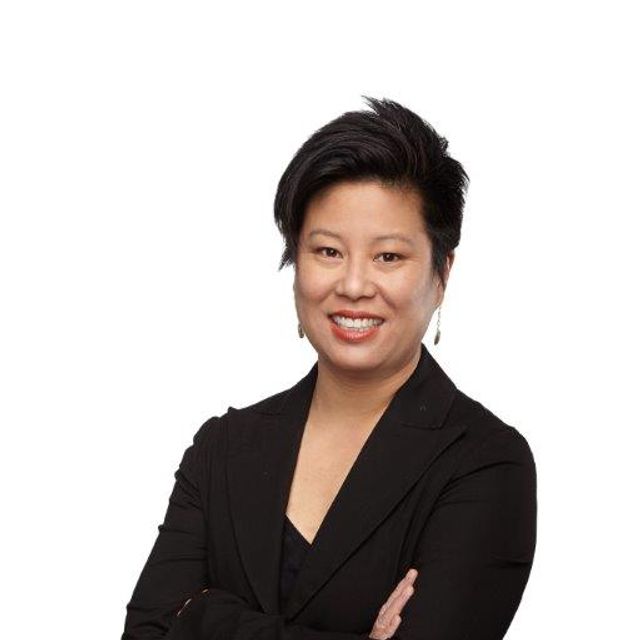
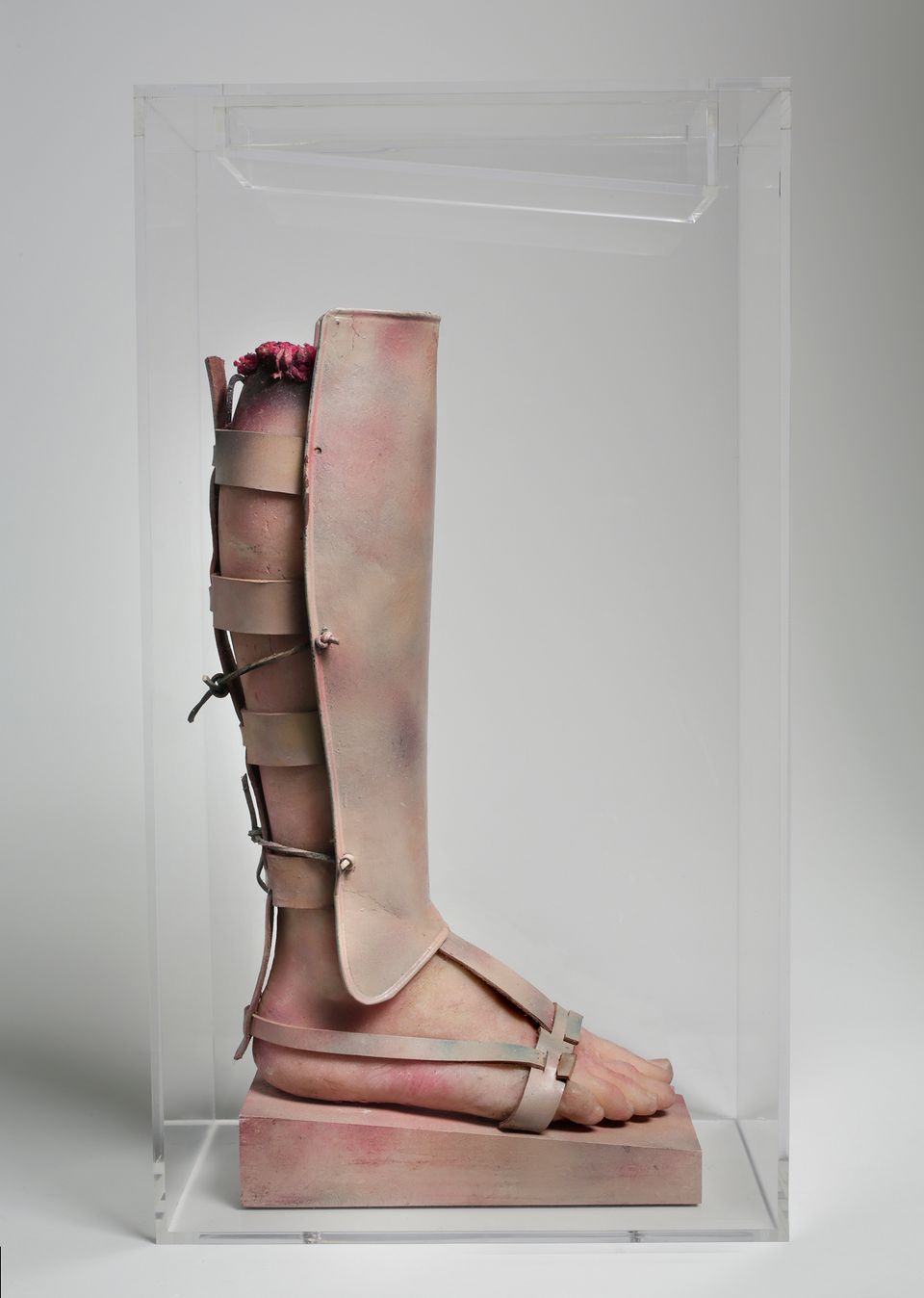

“Of the ’60s shows I’ve seen in the past few years, this one is the best, evocative of its time, and in sync with the present.”
—Holland Cotter, The New York Times
“The cruel, unanswerable question of how art should respond to war is at the heart of Artists Respond: American Art and the Vietnam War, 1965-1975, a must-see show at the Smithsonian American Art Museum.”
—Sebastian Smee, The Washington Post
Artists included in the exhibition are: Carl Andre, Benny Andrews, Art Workers’ Coalition, Asco, Judith Bernstein, Chris Burden, T.C. Cannon, Mel Casas, Rosemarie Castoro, Judy Chicago, William Copley, Emile de Antonio, Mark di Suvero, James Gong Fu Dong, Dan Flavin, Terry Fox, Rupert García, Leon Golub, Philip Jones Griffiths, Guerrilla Art Action Group, Philip Guston, Hans Haacke, David Hammons, Wally Hedrick, Douglas Huebler, Carlos Irizzary, Kim Jones, Donald Judd, On Kawara, Corita Kent, Edward Kienholz, Yayoi Kusama, John Lennon and Yoko Ono, Fred Lonidier, Malaquias Montoya, Robert Morris, Bruce Nauman, Barnett Newman, Jim Nutt, Claes Oldenburg, Yoko Ono, Dennis Oppenheim, Liliana Porter, Yvonne Rainer, Ad Reinhardt, Faith Ringgold, Martha Rosler, Peter Saul, Carolee Schneemann, Robert Smithson, Nancy Spero, May Stevens, Carol Summers, Paul Thek, Jesse Treviño, Tomi Ungerer, Timothy Washington, and William Weege.
Online Gallery
Artists
Rupert García came from a family active in the creation and instruction of folk arts and traditions. After completing his service in the U.S. Air Force in Indochina, García attended the San Francisco School for the Arts on the G.I. Bill.
Paul Thek appreciated the beauty in all things, even those that might appear repulsive to others. In the early 1950s he studied at the Art Students League and the Pratt Institute in New York.
Treviño's family moved from Mexico to San Antonio, Texas, in 1948. Treviño earned an A.A. from San Antonio Junior College, a B.A. in art from Our Lady of the Lake University in San Antonio, and an M.F.A.














